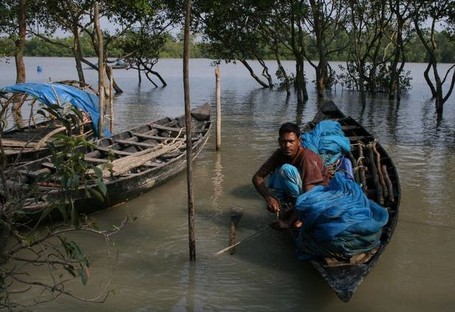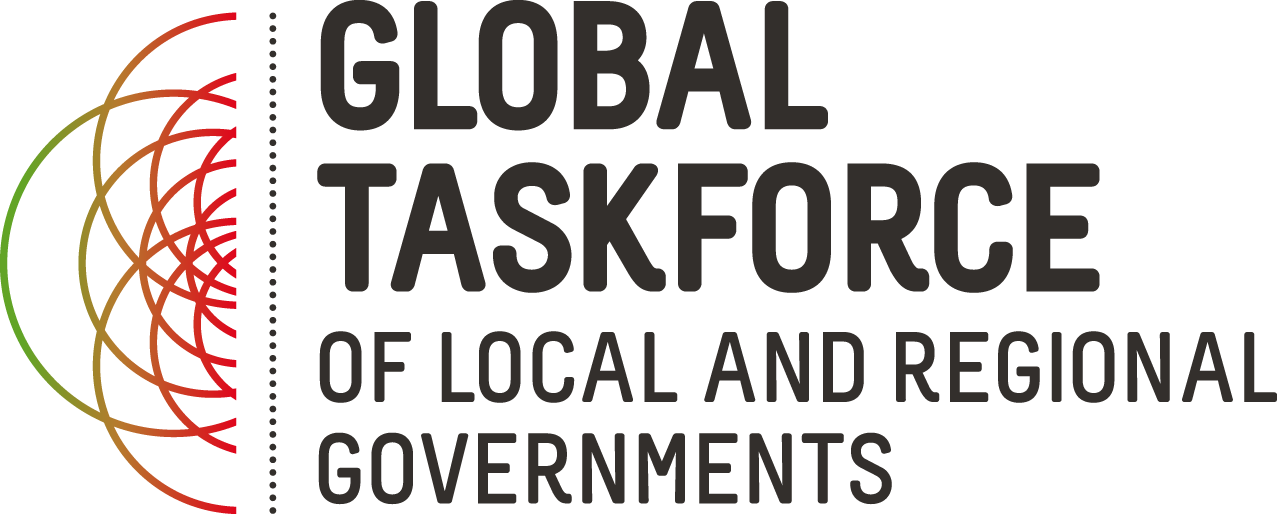
By Paul Steele and Aaron Atteridge, Paul Steele is Chief Economist at IIED and Aaron Atteridge is a Research Fellow at SEI
As poor families face the greatest development challenges, and are also most vulnerable to the impacts of climate change, Paul Steele (IIED) and Aaron Atteridge (SEI) argue that their perspectives must be taken into account in providing finance.
It is generally the poorest who bear the heaviest burden in less developed countries – whether it is the cost of poor sanitation, poor diet, or poor roads and transport links. And it is often the poorest who are hit the hardest by climate change, bearing a disproportionately high cost in adapting to the changes they face.
A bottom-up perspective
This year, with both the proposed Sustainable Development Goals (SDGs) and an international climate change agreement due to be finalised, the question of finance has magnified as the focus of debate - particularly in relation to developing countries.
Because poor women and men are most vulnerable, it is crucial that they are placed at the centre of this debate.
Recognising the costs
Consider the various costs that can result from a changing climate: it is likely that poor households pay most. They may need to invest to reduce risks (eg many Ethiopian farmers face the costs of switching to different crops or agricultural practices), or the costs of post disaster spending (including as a result of household debts as in Haiti) and ultimately, in some cases, the costs of temporary or permanent migration from areas hit by climate variability and climate change (eg migration of displaced people to Dhaka from rural Bangladesh).
Climate finance, therefore, must relate explicitly to these needs and vulnerabilities. However, at present they are almost invisible in discussions about how to raise and spend funds.
What is needed is a “bottom-up” perspective to design the architecture intended to deliver finance to developing countries.
Turning the model upside down
In the past, our experience has shown that the debate and institutional design for both development and climate finance has tended to start from the wrong end. The current regimes have been designed mainly with the needs of donors and international institutions in mind. The result is a complicated and burdensome framework for developing countries, and often a weak connection between the allocation of funds and national priorities.
Going forward, the design of mechanisms and priorities for delivering finance to help address climate change and for implementing sustainable development should instead start at the bottom, responding first and foremost to the needs and capacities of the intended beneficiaries - in other words the families of poor and vulnerable women and men.
What do we need to do to support a “bottom-up” perspective?
Much more analysis and research is needed to understand how such a bottom-up approach can be implemented. Not enough is known about the expenditures and priorities of poor households or the constraints that they face. More information is also needed about the wider social and economic factors that make people vulnerable in the first place. If we want climate finance to support households to create a secure future and make themselves resilient to future climate changes, for example, we need to understand how that can be achieved. Existing household expenditure surveys should better integrate, for example, analysis of different kinds of climate related costs.
By spending more time and effort understanding the costs that poor people face as a result of climate change, for example, the appropriate national and international architecture can be better designed to support and empower the most vulnerable.
Poor women and men themselves also need to be empowered to engage in debates about local priorities and the use of climate finance, including for example through participatory planning, delivery and monitoring.
What will be the result?
A greater focus on poor people and a bottom-up approach will lead to more attention on local government and social protection as ways of channelling climate finance to poor households. Starting from the local level, it should be possible to build upwards to design the national and international climate finance architecture.
This is likely to create a stronger role for social protection – with existing funds targeted at various kinds of risk reduction among poor people – redesigned to include climate resilience and avoid promoting inappropriate or high risk forms of adaptation (eg microfinance support for activities that may become unsustainable as a result of climate change).
Already many of Bangladesh’s social protection schemes support climate vulnerable households, while India’s Rural Employment Guarantee Scheme provides jobs to clean up ecosystems and invest in climate resilient infrastructure. These schemes provide an innovative opportunity to connect climate finance with the needs of the most vulnerable, using networks that already work with them closely.
Local government leading the way
Local government has a wide range of responsibilities that influence people’s well-being and resilience – providing local level infrastructure such as roads, for instance, and managing local natural resources. This means local government plays an important role in supporting poor households to adapt to climate change.
Commune governments in Cambodia for example can manage conflict over natural resources, such as water, and its sustainable use. In Nepal, local governments have responsibility for climate proofing local roads, so they don’t wash away each rainy season. Local governments sometimes provide seed funding for local level energy infrastructure such as off-grid hydro and solar technology, and deliver local health services. They manage infrastructure and service delivery for the disabled, and make decisions over land use which can have a major influence on people’s exposure to climate risks. So connecting climate finance with local government activities can provide an effective way to help poor households adapt to climate change.
New challenges
There will of course be many challenges: how can domestic resources be raised, and how can international finance – both public and private – be directed towards these priorities? And importantly, given that funding is so limited, how can the available funds be used to best effect?
While it is important to ensure a robust and transparent international framework for the new post-2015 finance agenda, we shouldn’t forget to put the recipients in the centre of the picture. Finance should connect with the priorities of developing country governments, and their poor and vulnerable citizens in particular.
Source: www.irf2015.org










